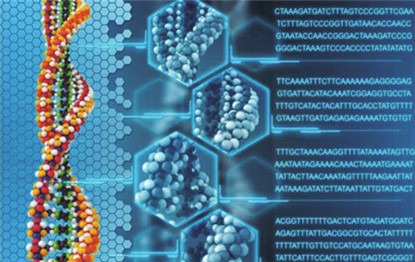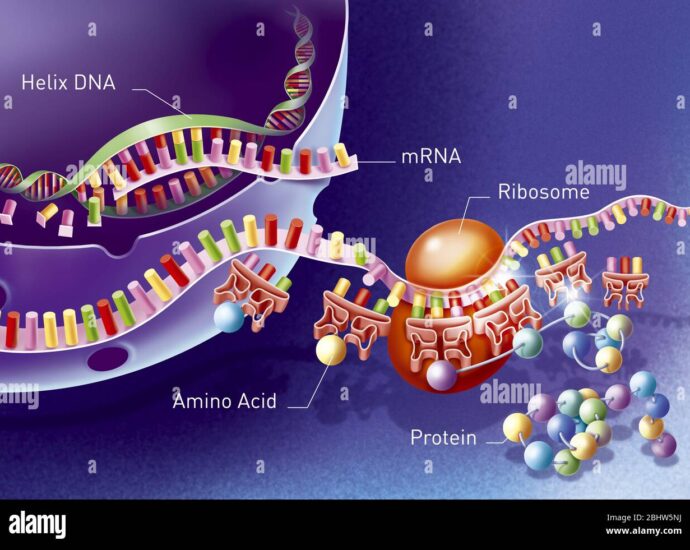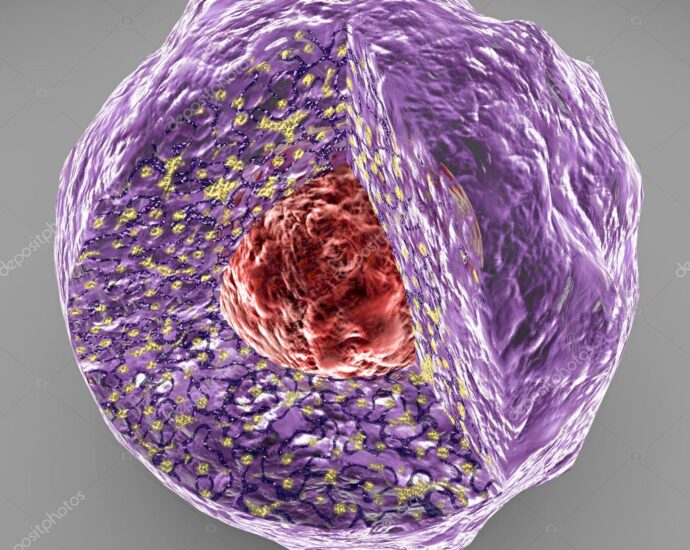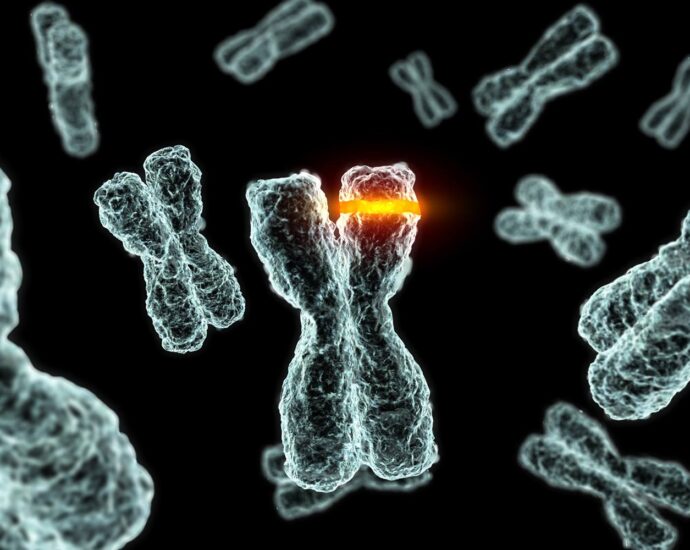MOLECULAR BASIS OF CANCER: ABERRANT CELL GROWTH.
In this article, we will discuss in depth the molecular basis of cancer, which refers to the abnormal division and growth of cells in the body. Cancer is a complex disease that involves a multitude of genetic and environmental factors. Cancer can arise from various types of cells in the body, such as epithelial cells, connective tissue cells, blood cells, and others.Continue Reading
TRANSLATION OF mRNA: PROTEIN SYNTHESIS.
In this article, we will discuss about the translation of mRNA (synthesis of proteins from messenger RNA that act as template).It involves three different steps: initiation, elongation and termination. The initiator transfer RNA (tRNA) is necessary for the initiation of the translation. Several elongation factors in the elongation of the template.Continue Reading
MOLECULAR BASIS OF DIABETES: GENETIC FACTORS.
In this article, we will discuss about the molecular basis of diabetes, that is caused by mutations in beta cells of pancreas. Diabetes is of two types: type I that is due to deficiency of insulin. Type II that is genetically inherited. We will discuss about the genetic factors and pathways to the causes of disease. Several environmental factors also effect the beta cells to cause the disease.Continue Reading
TRANSCRIPTION OF DNA: DECODING THE GENOME.
In this article, we will discuss about the transcription of DNA (synthesis of messenger RNA from DNA). The process of transcription is regulated by DNA-dependent RNA polymerase. One of the two strands of DNA acts as the coding strand and is identical to the single-stranded RNA. The other strand acts as the non-coding strand, complementary to RNA, and acts as a template for the synthesis of mRNA.Continue Reading
IMPACT OF HORMONES: HUMAN REPRODUCTIVE SYSTEM.
In this article, we will discuss about the impact of hormones on human reproductive system. Several hormones regulate the different functions in human reproductive system. For example: follicle stimulating hormone(FSH) regulate formation of eggs and sperms.Continue Reading
IMMUNE SYSTEM OF VERTEBRATES: DEFENSE MECHANISM.
In this article, we will discuss the immune system of vertebrates, that is the defense mechanism of the body against foreign invaders. In vertebrates, there are several defense mechanisms to protect the body. For example: skin defense mechanism, lymphocytes mechanism and antibodies mechanism in humans. Continue Reading
DISCOVERY OF NUCLEUS IN CELLS: LIVING ORGANISMS.
In this article, we will discuss about the discovery of nucleus in the cell that contains mostly of the genetic material. This discovery revolutionized the field of modern biological sciences. Before the discovery of nucleus, cell was considered as hollow object. But it was rejected by Robert Brown in 1830.Continue Reading
TRANSPOSONS : ROLE AS GENETIC SHAPESHIFTERS.
In this article, we will discuss about the transposons, also called transposable elements. These elements are short repeated sequences found in the jumping genes. Transposons excise from the donor site and insert at the target site. It disable the function of the gene temporarily. We will discuss several types of transposons and mechanism of these elements.Continue Reading
CHROMOSOMAL MUTATIONS: REVEALING GENETIC CODE.
In this article, we will discuss about the chromosomal mutations that manipulate the functions of several genes. Several types of mutations in the chromosomes causes different disabilities, such as mutation in chromosome number 7 causes blue monochromacy (blue color blindness). We will also discuss the implications and effects of these mutations.Continue Reading
IMPORTANCE OF BIODIVERSITY: A SUSTAINABLE FUTURE.
In this article, we will discuss about the importance of biodiversity (variety of species in a geographical area). We will discuss, how different species are distributed in different geographical regions and ecosystems. Several biotic and abiotic factors effect the biodiversity, such as light, temperature, climate, producers, consumers, decomposers, etc..Continue Reading












